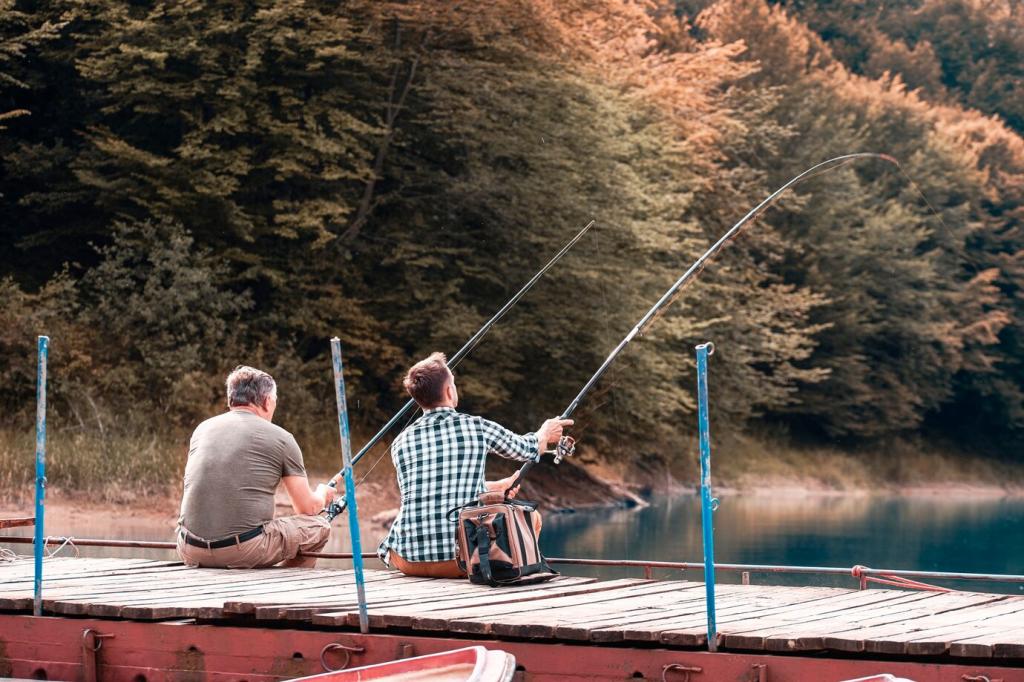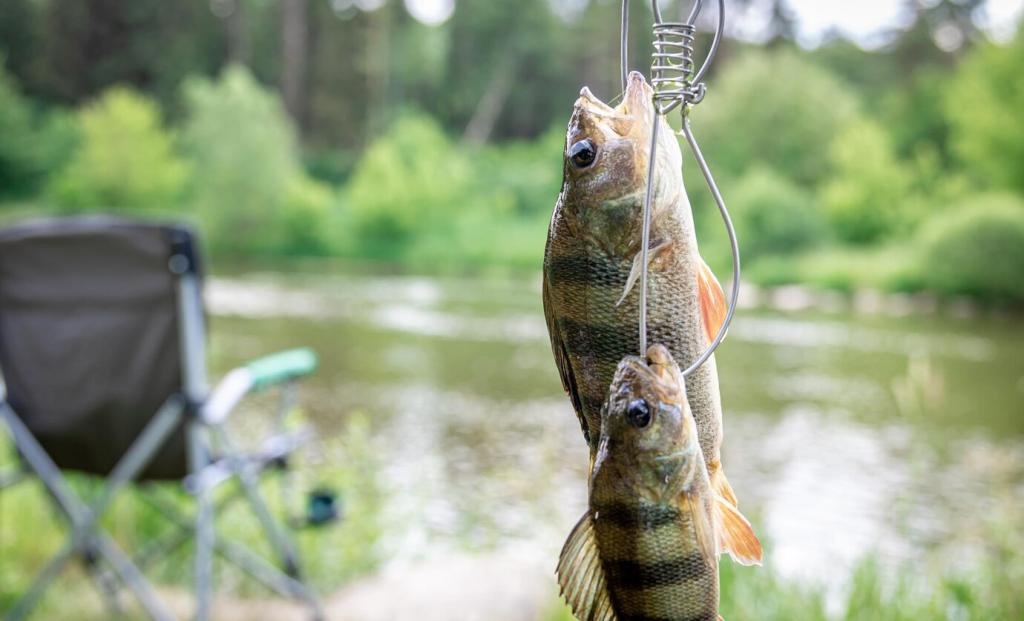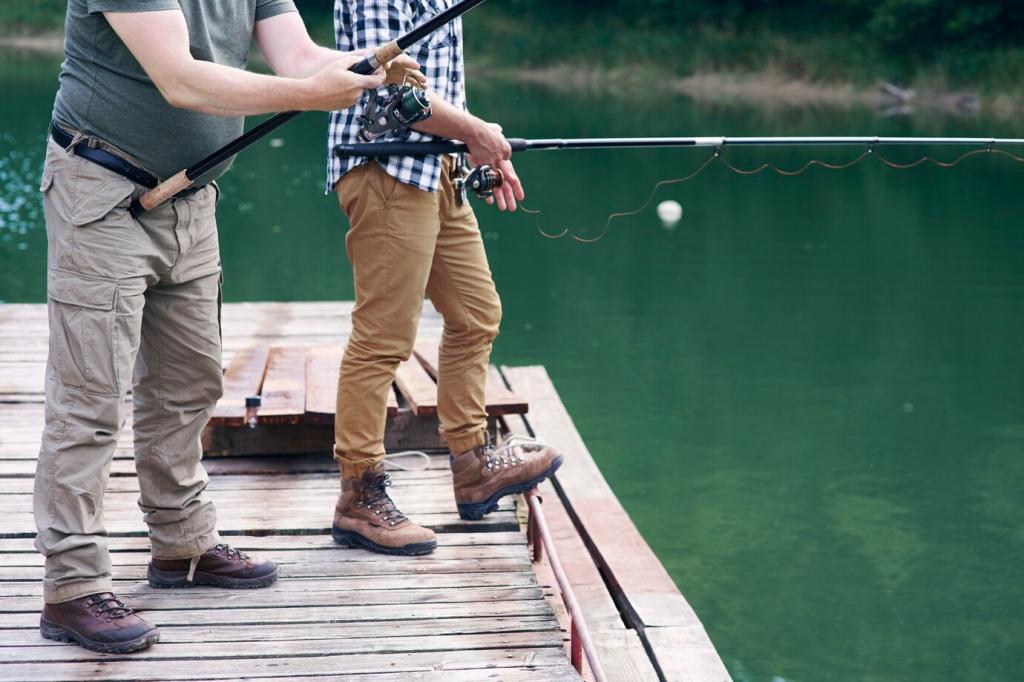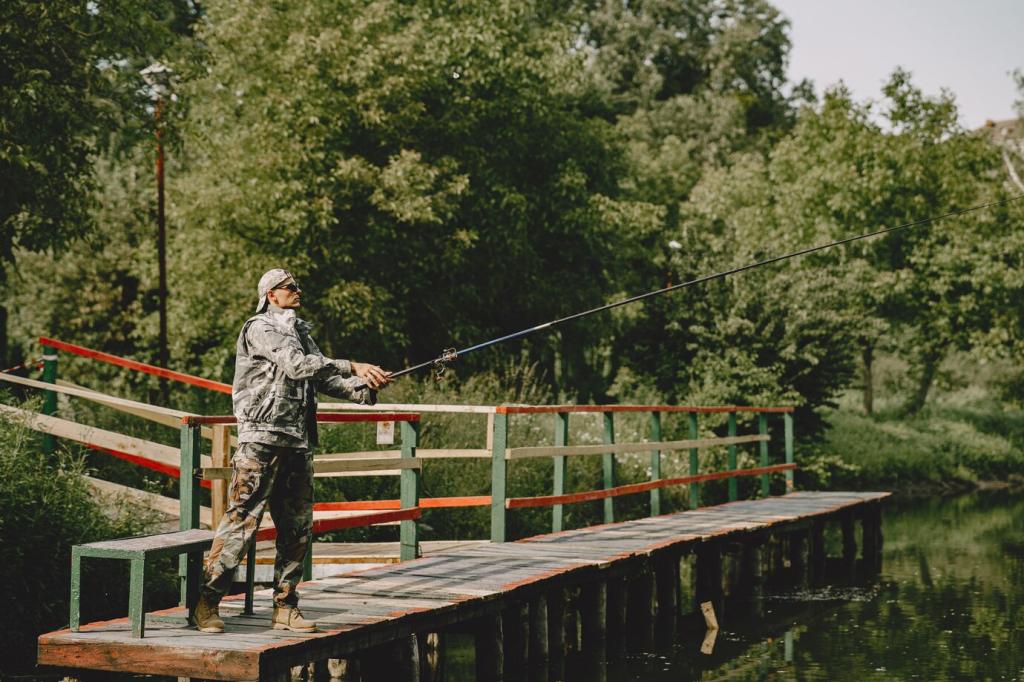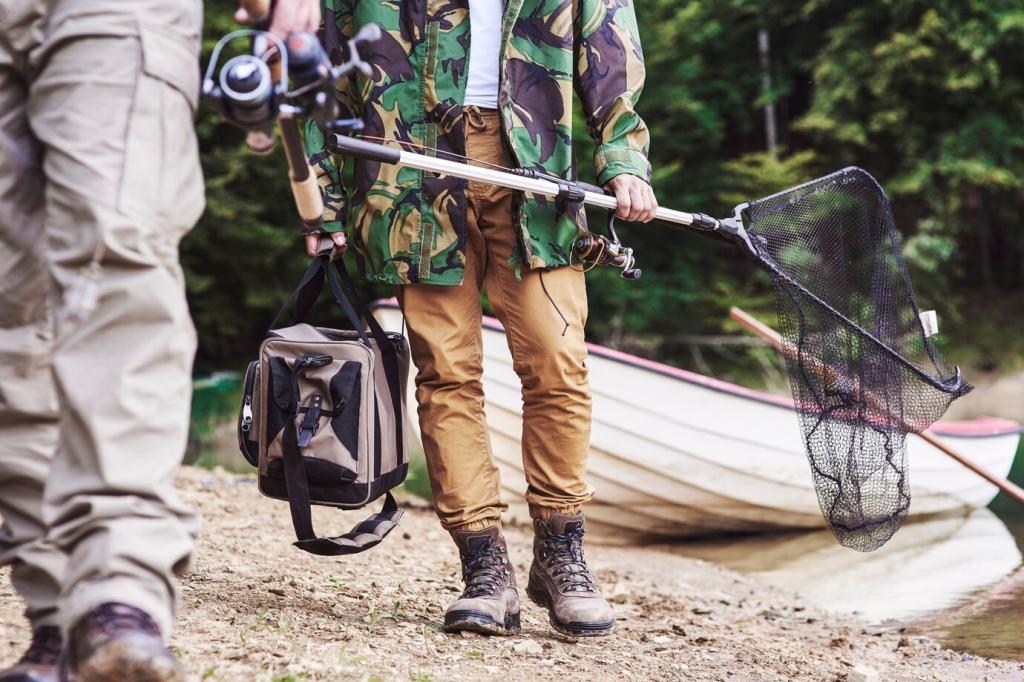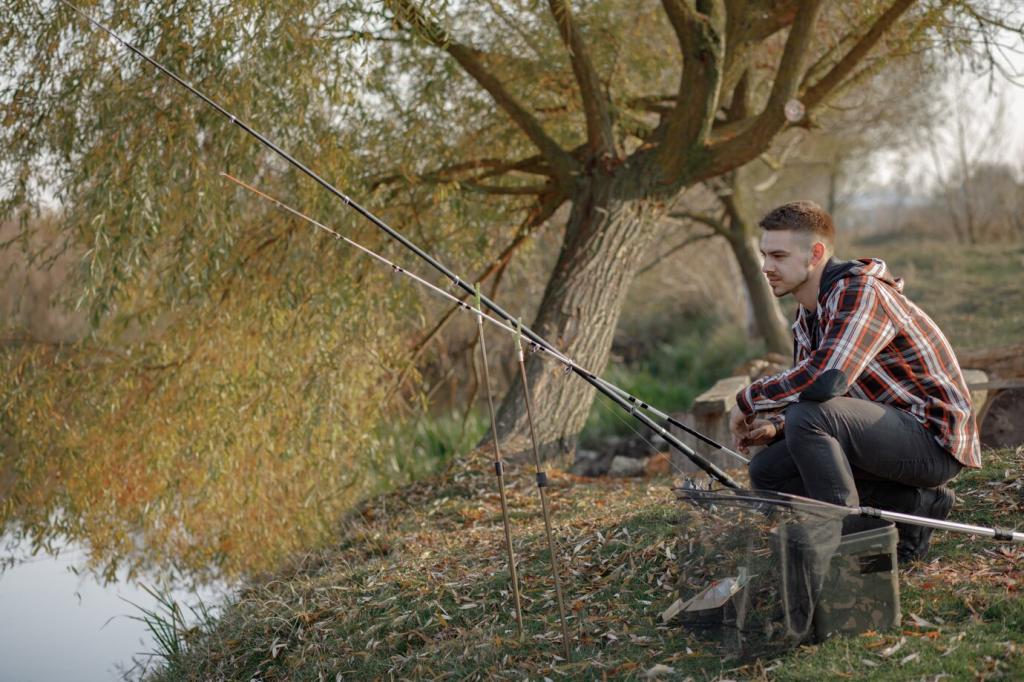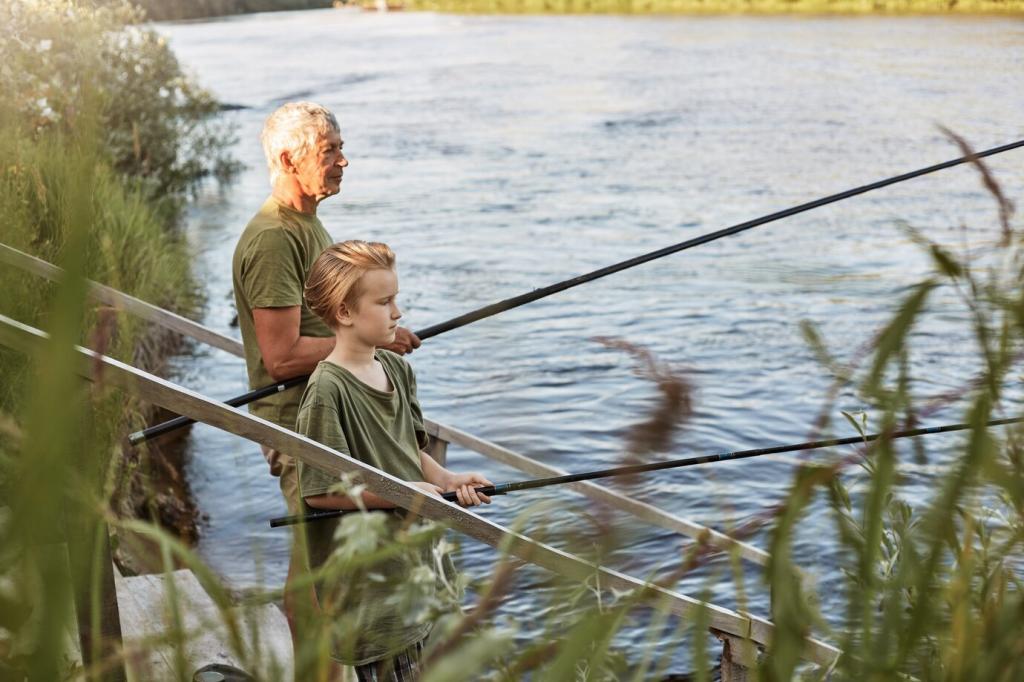Reading Water Like a Guide
Riffles oxygenate and dislodge insects, runs deliver steady food, and pools offer rest. Start by prospecting riffle heads with a dry-dropper. Share a photo of your favorite seam to help others learn.
Reading Water Like a Guide
Where fast meets slow, fish hold. Eddies recycle food; boulders create soft cushions. I once watched a brown trout slide six inches to sip midges on a seam. Tell us your seam-spotting story.
Reading Water Like a Guide
Cold months push fish deep and slow; warm evenings bring surface sips. After rain, use larger, darker flies in stained water. Log your observations and subscribe to our monthly hatch forecast.
Reading Water Like a Guide
Lorem ipsum dolor sit amet, consectetur adipiscing elit. Ut elit tellus, luctus nec ullamcorper mattis, pulvinar dapibus leo.

